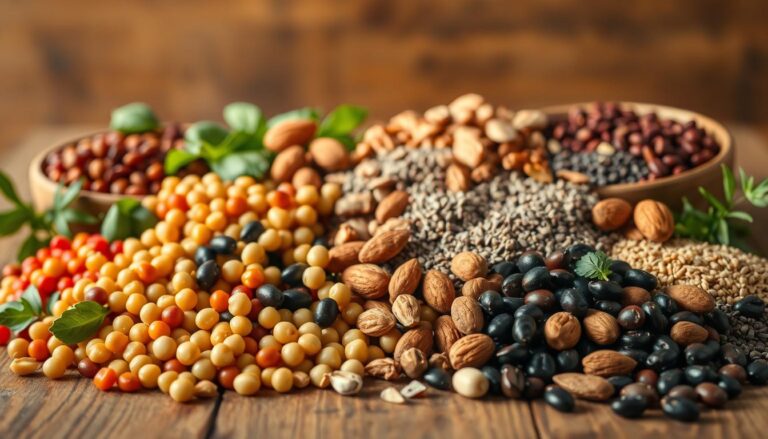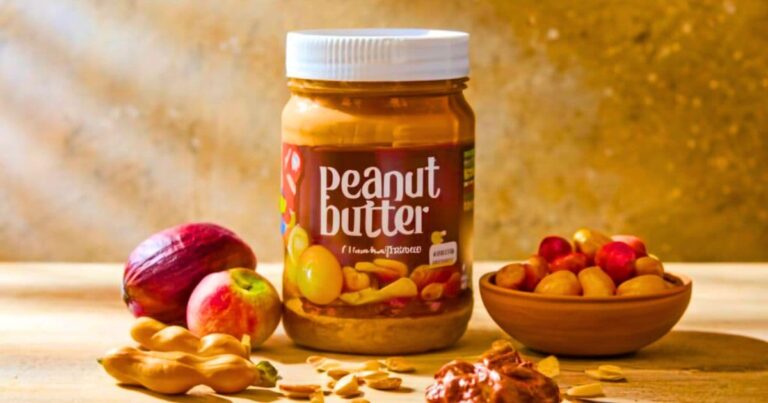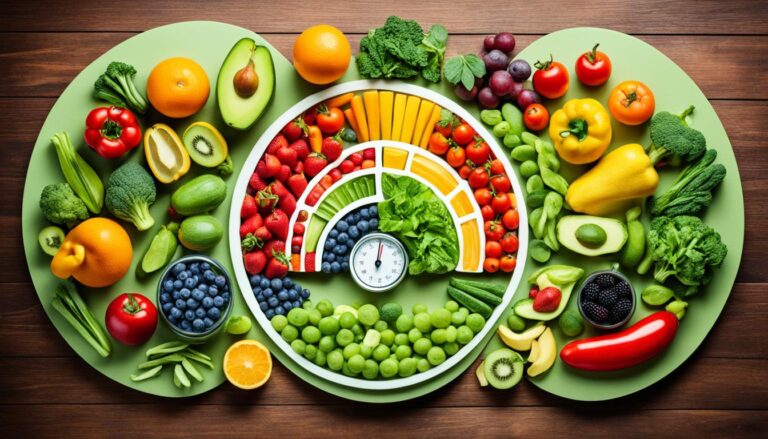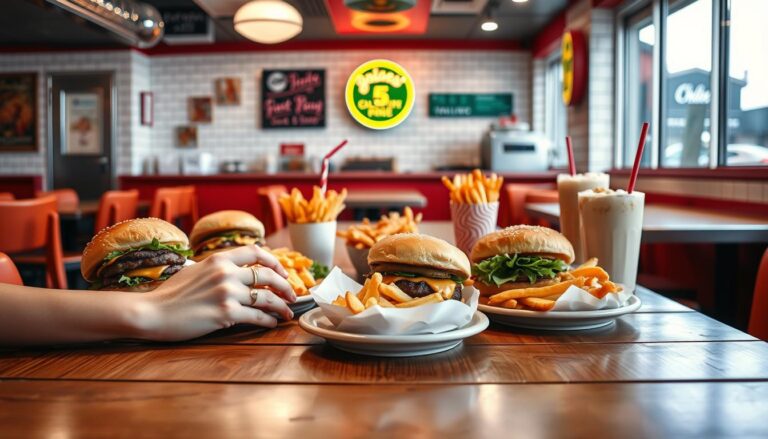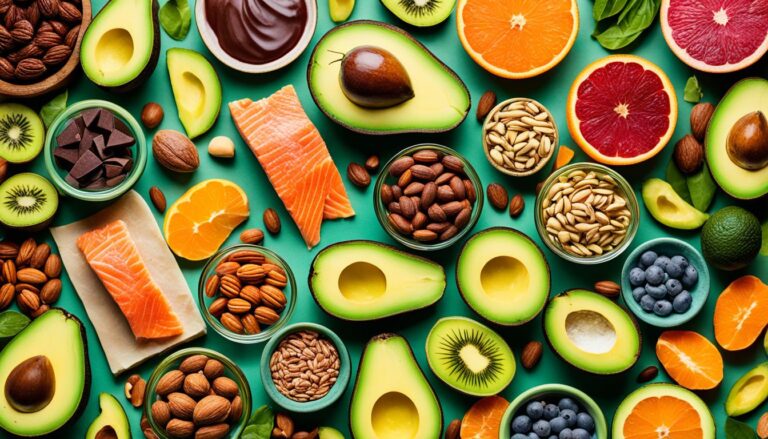Are you tired of restrictive diets that make you hungry and unsatisfied? Discover the secret to losing weight without giving up flavor or fun the low-carb lifestyle.
This diet is popular for helping people lose weight and get healthier all while eating tasty nutrient rich foods.
The secret to a low-carb diet is understanding the power of cutting down on carbs. By eating fewer sugary and starchy foods and more high fat and protein-rich foods, your body starts to burn fat for energy instead of glucose. This not only helps you lose fat but also brings many other health benefits like better blood sugar control and less inflammation.
Key Takeaways
- A low-carb diet focuses on restricting carbohydrates and emphasizing healthy fats and proteins.
- Entering a state of ketosis can lead to fat loss and other health benefits.
- Discovering delicious low-carb foods is the key to sticking to a low-carb lifestyle.
- Low-carb diets can be an effective way to lose weight and improve overall well-being.
- Meal planning and preparation are crucial for success on a low-carb diet.
Understanding Low Carb Diets
Living a low-carb lifestyle can bring many health perks. This diet cuts down on carbohydrates like grains and sugary foods. It boosts proteins and healthy fats instead. The aim is to enter a state called ketosis where the body uses fat for energy not glucose from carbs. This change can lead to weight loss better blood sugar control, and less inflammation.
What Is a Low Carb Diet?
A low carb diet limits carbohydrates to 20 to 57 grams a day which is about 80 to 240 calories. This means carbs make up less than 26% of daily calories. The Dietary Guidelines suggest carbs should be 45% to 65% of daily calories.
Benefits of a Low Carb Lifestyle
Lowering carb intake helps the body use fat better aiding in weight loss and better body shape. It also helps control blood sugar which is good for those with or at risk of diabetes. Plus eating fewer carbs and more fats and proteins can reduce inflammation. Many people feel more energetic and clear headed on a low carb diet.

A low carb diet is one approach to weight loss but does not exhibit proven long-term benefits in managing diabetes compared to other dietary approaches.
What are low carb foods?
Low-carb diets focus on eating foods with fewer carbs. These low-carb foods help people enjoy meals that are both filling and packed with nutrients. They offer a variety of choices, from low-carb protein sources to low-carb vegetables and low-carb fruits.
Here are some top low-carb foods:
- Chicken fish, and eggs great for getting low-carb protein
- Leafy greens broccoli, and cauliflower low-carb vegetables full of fiber and vitamins
- Berries and citrus fruits low-carb fruits that are sweet and satisfying
- Nuts seeds and avocados healthy fats perfect for a low carb diet
By eating these low-carb whole foods people can meet their diet goals and get the nutrients they need. It’s about finding the right mix of foods to make a low-carb lifestyle tasty and lasting.
| Low-Carb Food | Carb Content | Nutritional Benefits |
|---|---|---|
| Artichokes | 14.4 grams of carbs per medium artichoke | Give 6.84 grams of fiber making them great for low-carb diets |
| Avocado | 8.5 grams of carbs per half fruit | Have 6.75 grams of fiber and are rich in vitamins and minerals |
| Eggs | Less than 1 gram of carbs per large egg | Contain 6.3 grams of protein and 5.3 grams of fat, making them a good choice for low-carb diets |
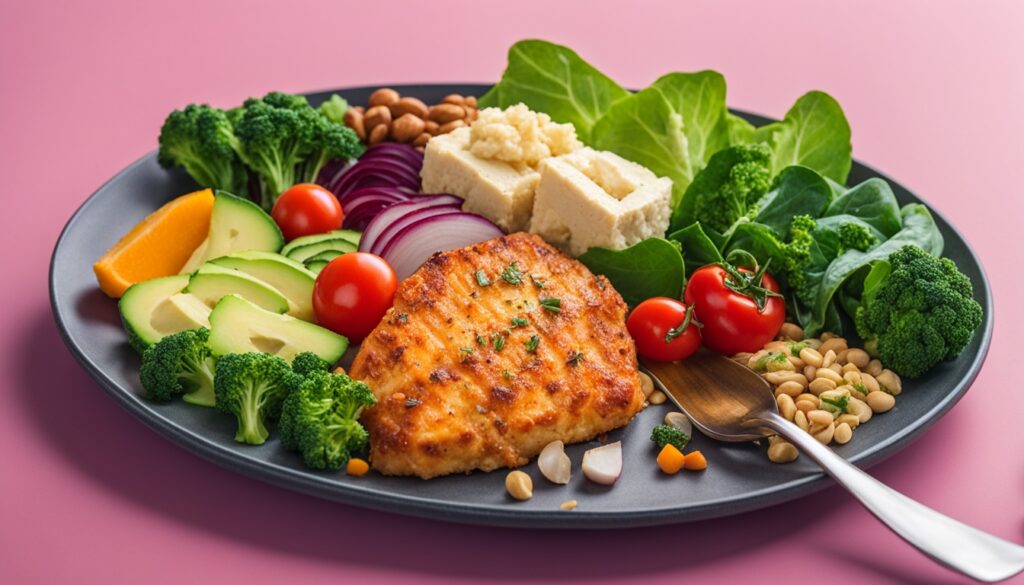
Read more: Beat Insulin Resistance with a Plant Based Diet
Choosing low-carb foods helps people make a diet that’s balanced and supports their health. Whether it’s low carb vegetables low-carb fruits or low-carb protein sources there are many tasty options.
Proteins for a Low Carb Diet
Protein is key for those on a low-carb diet. It keeps you full and helps build and repair muscles. Lean meats, fish, and dairy are great choices for low carb diets.
Lean Meats Chicken Fish and More
Lean meats like chicken and fish are top picks for low-carb diets. A chicken breast has 31.1 grams of protein and no carbs. Canned tuna gives you 20.1 grams of protein per 3-ounce serving, also with no carbs. When picking red meat go for lean cuts to keep carbs and fat low.
Eggs and Dairy: Versatile Options
Eggs are packed with nutrients and can be prepared in many ways. A large egg has 6.28 grams of protein and almost no carbs. Dairy products like cheese and plain Greek yogurt are also good for low-carb diets. For example, cheddar cheese has 6.78 grams of protein per ounce with less than 1 gram of carbs.
| Food | Calories | Carbs g | Protein g |
|---|---|---|---|
| Eggs (large) | 71.5 | 6.28 | |
| Canned Salmon | 117 | 0 | 19.6 |
| Cheddar Cheese 1 oz | 115 | 6.78 | |
| Whey Protein Powder 30g | 100 | 0 | 25 |
| Cottage Cheese 1 cup | 183 | 10.8 | 23.5 |
Adding these protein sources to your low-carb diet helps you meet your nutritional needs. It also keeps you on track with your carb goals.

Vegetables Low Carb Nutritional Powerhouses
Vegetables are key for a low-carb diet. They give you important vitamins minerals, and fiber without many carbs. Non starchy vegetables, like leafy greens cruciferous vegetables, and zucchini, are great for low-carb diets.
These fiber-rich foods can be eaten raw in salads or cooked as side dishes. Adding a variety of low-carb vegetables to your meals helps you get the nutrients you need. This supports your health and helps you lose weight.
| Vegetable | Calories per serving | Carbs per serving | Net Carbs per serving |
|---|---|---|---|
| Red Bell Pepper | 23.9 | 5.5 g | 3.6 g |
| Carrot | 50 | 11.7 g | 8.3 g |
| Mushroom | 15.4 | 2.3 g | 1.6 g |
| Zucchini | 21.1 | 3.9 g | 2.7 g |
| Green Beans | 31 | 7 g | 4.3 g |
| Cucumber | 7.8 | 1.9 g | 1.6 g |
| Artichoke | 60.2 | 13.4 g | 6.5 g |
| Brussels Sprouts | 37.8 | 7.9 g | 4.5 g |
| Cauliflower | 26.8 | 5.3 g | 3.2 g |
| Cabbage | 17.5 | 4.1 g | 2.3 g |
| Spinach | 6.9 | 1.1 g | 0.4 g |
| Asparagus | 39.6 | 7.4 g | 3.8 g |
The table shows how low-carb and nutrient-rich various non-starchy vegetables are. Adding leafy greens and cruciferous vegetables to your diet gives you lots of vitamins, minerals, and fiber. This helps keep your carb intake low.
Vegetables are the foundation of a healthy, low-carb diet. They’re packed with nutrients and fiber yet low in calories and carbs the perfect combination for slimming down and nourishing your body.
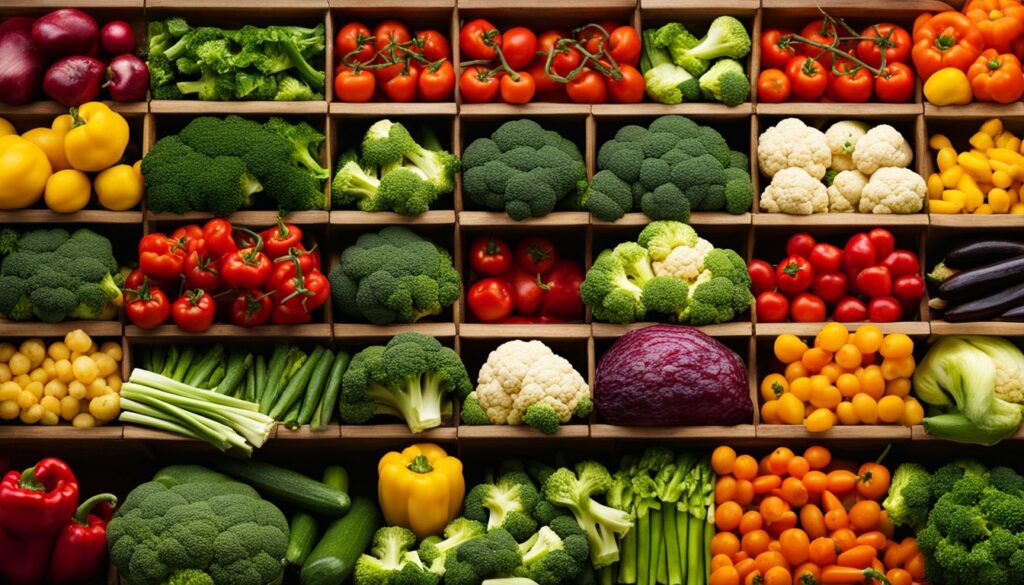
Fruits: Smart Choices for Low Carb Eaters
Fruits are often higher in carbs than veggies but some fruits are low in carbs and great for a low carb diet. Berries like blueberries raspberries, and blackberries are low in sugar but high in fiber and antioxidants. They’re a good pick.
Citrus fruits such as oranges, grapefruits, and lemons are also low in carbs. They taste great and give you a lot of vitamin C. These low glycemic index fruits can help you control your carb intake while still satisfying your sweet tooth.
Berries and Citrus Fruits
- Watermelon is the lowest-carb fruit with 7.5 carbs per 100 grams.
- Eight medium strawberries have around 7 grams of carbohydrates per cup.
- Raspberries have 8 grams of fiber per cup and only one serving of carbs.
- 20 small blackberries or one cup contain less than 10 carbs.
- Oranges, grapefruits, and lemons are low in carbs and rich in vitamin C.
Low Sugar Tropical Fruits
There are also low-sugar tropical fruits that fit well with a low-carb diet. Coconut is low in carbs but high in healthy fats.
Papaya is another low-carb tropical fruit that’s full of fiber and nutrients. Avocado even though it’s a fruit, is very versatile and low-carb. It’s full of monounsaturated fats. Adding these low-glycemic index fruits to your meals and snacks can make them more interesting and varied.
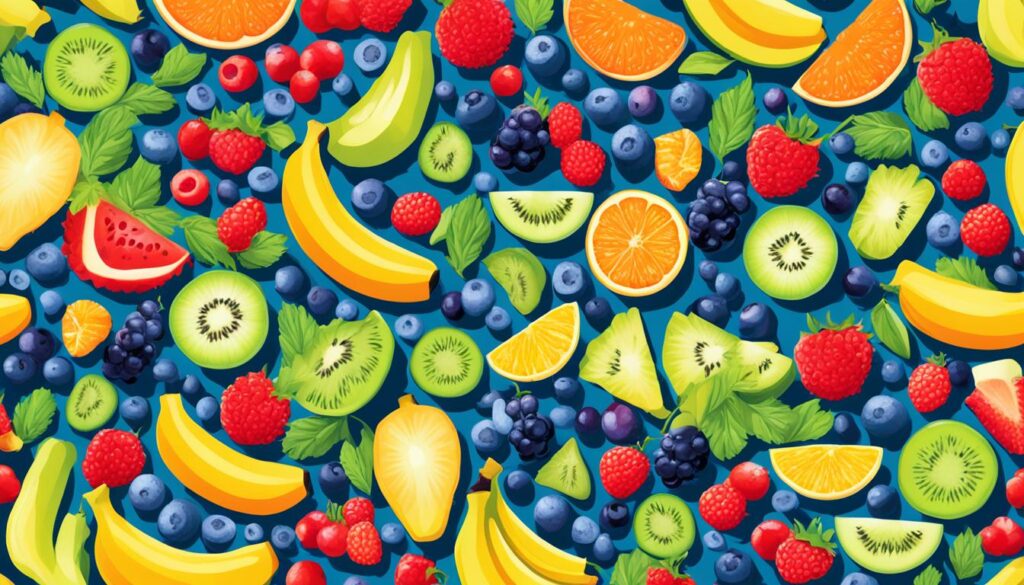
Read more: Examples of monounsaturated fats
Watermelon contains only 7.55 g of carbohydrates per 100 g making it a low-carb fruit.
Healthy Fats for a Low Carb Diet
Healthy fats are key in a low-carb diet. They give you energy, support brain and heart health, and keep you feeling full. Adding nuts, seeds, avocados, and cooking oils to your meals is a great way to meet your fat needs and stay healthy.
Nuts Seeds and Nut Butters
Nuts, seeds, and nut butters are great for low-carb diets. Almonds walnuts chia seeds, flaxseeds and almond or peanut butter are full of good fats. Eating a handful of nuts or adding nut butter to your smoothie is a tasty way to get more healthy fats.
Oils and Avocados
Other low-carb fats you can add to your diet include cooking oils and avocados. Olive avocado and coconut oils are low in carbs but high in good fats. Avocados are also a great choice offering a creamy texture and lots of nutrients like fiber and vitamins.
Using these fats in your cooking helps you stay on track with your diet and supports your health and weight goals.
Healthy fats are an essential component of a low-carb diet, as they provide sustained energy, support brain and heart health and help keep you feeling full and satisfied.
Sugar Free Snacks and Treats
Following a low-carb lifestyle means focusing on whole, nutrient-dense foods. But, sometimes, you might want a sweet treat. Luckily, there are keto-friendly desserts and low-carb snacks that are sugar-free and can be enjoyed in moderation.
Keto Friendly Sweets
For a sweet treat, try dark chocolate with a high cocoa content. It’s rich and intense, and won’t raise your blood sugar. Chia pudding with low-carb sweeteners like stevia or erythritol is also a great choice. It’s full of fiber and healthy fats, keeping you feeling full.
Want baked goods? Look for keto-friendly desserts made with low-carb flours and sugar substitutes. You can find everything from low-carb brownies to keto-friendly cupcakes. These treats let you enjoy sweets without giving up your diet goals.
Remember, when eating sugar free snacks and treats, watch your portion sizes. Healthy options can still be high in calories and carbs if you eat too much. Treat these as special treats not everyday foods, to keep your low-carb lifestyle balanced.
| Snack | Carbs per Serving |
|---|---|
| Apple slices with mozzarella cheese | 16 grams |
| Avocado on light rye crisps | 29 grams |
| Greek yogurt with cucumber spears | 12 grams |
| Turkey in lettuce leaves with mustard | 2.9 grams |
| Cottage cheese with blueberries | 17 grams |

Moderation is key when enjoying sugar-free treats on a low-carb diet. It’s important to remember that these items should be seen as occasional indulgences not daily staples.
Meal Planning and Preparation Tips
Following a low-carb lifestyle means planning and preparing meals carefully. Start by smart shopping for groceries. Fill your fridge with low-carb foods like leafy greens lean proteins, and healthy fats. Swap ingredients, like using cauliflower rice instead of regular rice to keep carbs low.
Grocery Shopping Strategies
Here are some tips for shopping for your low carb diet:
- Prioritize low-carb foods like meat, poultry fish eggs nuts seeds, and non starchy vegetables.
- Opt for healthy fats such as olive oil, avocado, and nut butters.
- Choose low sugar fruits like berries and citrus in moderation.
- Avoid high carb items like bread, pasta rice, and sugary snacks.
- Read nutrition labels and look for low carb high-protein options.
Time-Saving Meal Prep Ideas
To make a low-carb diet easier, try these meal prep tips. Start by prepping proteins and chopping veggies ahead of time. Also prepare low-carb sauces or dressings early.
Cooking big batches of dishes like roasted chicken or zucchini lasagna can give you meals for the week. Use airtight containers or freeze portions to keep your meals fresh. Planning and prepping can make sticking to a low carb diet easier and more sustainable.
| Low-Carb Meal Prep Ideas | Benefits |
|---|---|
| Chopping and storing vegetables | Saves time during meal assembly |
| Batch cooking proteins like chicken or salmon | Provides quick, healthy protein sources |
| Preparing low-carb sauces and dressings | Adds flavor without added carbs |
| Portioning out nuts, seeds, and nut butters | Convenient, portable low-carb snacks |
Proper planning and preparation are the keys to succeeding on a low-carb diet. With a little organization, you can make healthy, satisfying meals a breeze.
Conclusion
Choosing a low-carb diet can change your life for the better. It helps with lasting weight loss and boosts your health. By eating foods high in nutrients but low in carbs, you get many benefits.
These benefits include better blood sugar control, less inflammation, and burning up to 300 extra calories daily. The secret is to find low-carb foods and recipes you love. Slowly change your eating habits and stick with it.
With the right mindset and commitment, you can lose weight without giving up tasty food. This leads to a healthier lifestyle and more low-carb diet benefits.
So why not try a low-carb diet? Your body and mind will be grateful!

